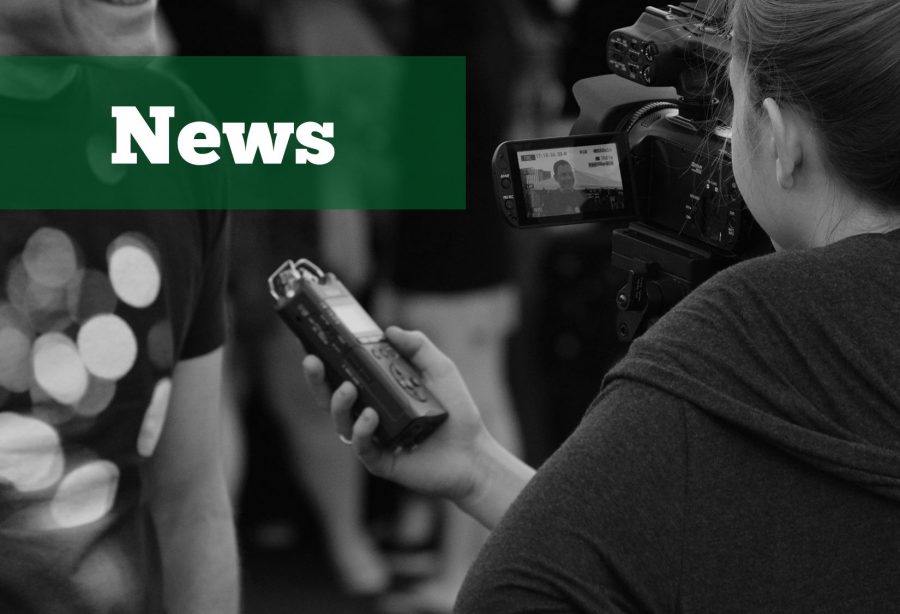Marywood community members discuss fake news
February 4, 2017
Not everything you read on the Internet is true.
That message is particularly poignant in 2017, with the widespread problem of fake news causing a stir on social media and even making its way to the White House.
At his press conference before his inauguration, the then President-elect Donald Trump declared CNN “fake news” after the organization reported on BuzzFeed’s release of an unverified document containing information about Trump’s alleged ties to Russia.
Fake news had gained traction well before that, however, it played a role in the 2016 election cycle. According to a study by professors at New York University and Stanford University, “of the known false news stories that appeared in the three months before the election, those favoring Trump were shared a total of 30 million times on Facebook, while those favoring Clinton were shared eight million times.”
Business Insider reported on a post-election study that showed articles from fake news sites garnered more attention than articles published by actual news organizations.
Facebook has even developed a new strategy for filtering fake news, according to The Wall Street Journal. Some of the new changes involve only including stories covered by multiple sources in its “trending topics” section and ending the personalized trending feature to bring a greater variety of sources to readers.
Although fake news has been a talking point this past year, Dr. Samantha Christiansen, assistant professor of Social Sciences at Marywood, said that false information on the Internet is nothing new.
“I think that this phrase [fake news] that has become sort of ubiquitous over the last several months…is interesting because even though it’s a new term, and even though it’s happening in formats that may feel new, this isn’t really so much of a new phenomenon,” Christiansen explained.
Christiansen said she finds that modern consumers of media look for information “that they’re already comfortable with and topics that they feel they already know information about.”
“It’s not so much that [readers have] assessed whether the journalism was rigorous, whether the facts were checked, whether the stuff was sourced,” Christiansen said. “They trust it based on whether it confirms a pre-existing idea, and that’s dangerous. That’s concerning.”
A number of news organizations have made it a point to tell their readers what is and isn’t fake news. The Guardian, U.S. News & World Report, and NPR are among the organizations that have released stories instructing readers on how to avoid fake news.
The BBC has put together a team specifically to debunk fake news stories.
Christiansen said she believes the responsibility of figuring out what news is factual is in the hands of the consumers, but news organizations have the responsibility to report honestly and factually.
“One really positive outcome that we might see from this whole phenomenon is that there’s a lot of public conversation on how to critically engage with your news sources,” Christiansen said.
Sherry Frable, public relations coordinator for Marywood, said she believes that people are weary about trusting news sources as a result of the election.
“What I’m noticing is that depending on what party someone is aligned with, they are more apt to believe [news] that goes against the opposing party,” Frable said.
Frable also talked about the role of emotion in reading the news.
“Emotion is playing a huge role in fake versus real news…you read a headline, and it gets to you one way or another,” she said.
Bhumika Patel, a junior nursing student at Marywood, said she believes that fake news sites are having an adverse effect on the voting population.
“I think [fake news sites] affect people that aren’t keeping up with everyday issues,” she said.
Patel also mentioned the importance of fact-checking.
“Not everyone is actually taking the time to do the research on things that they see…they don’t really check for the accuracy of it,” she said.
Contact the writer: [email protected], [email protected]
Twitter: @JBonacciTWW





